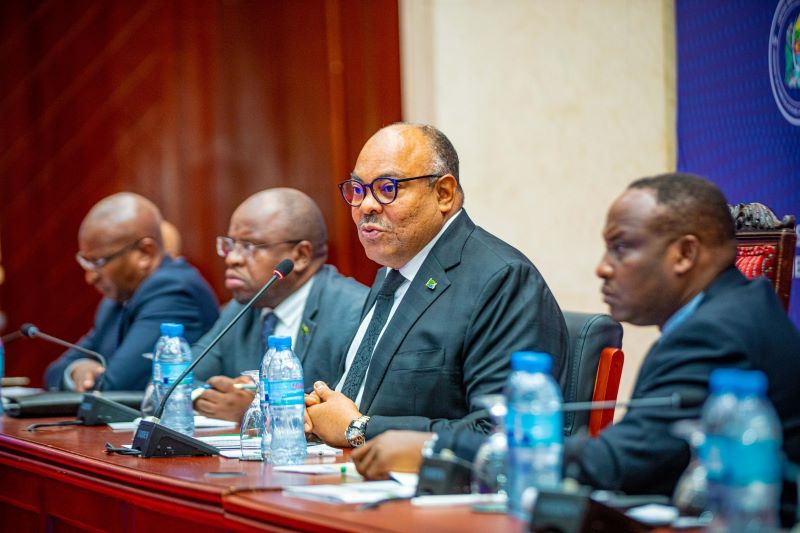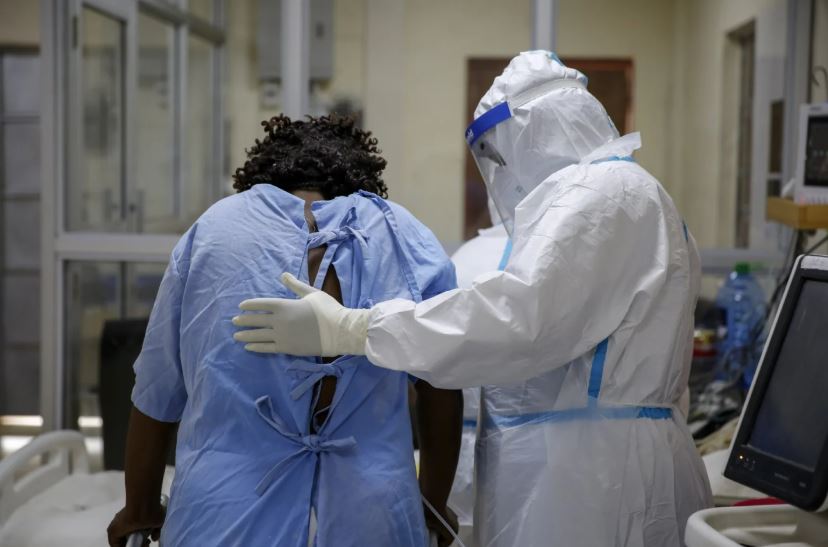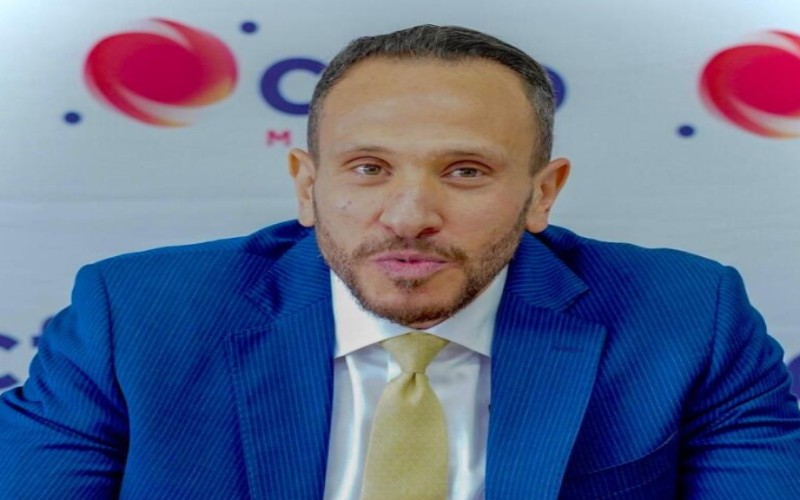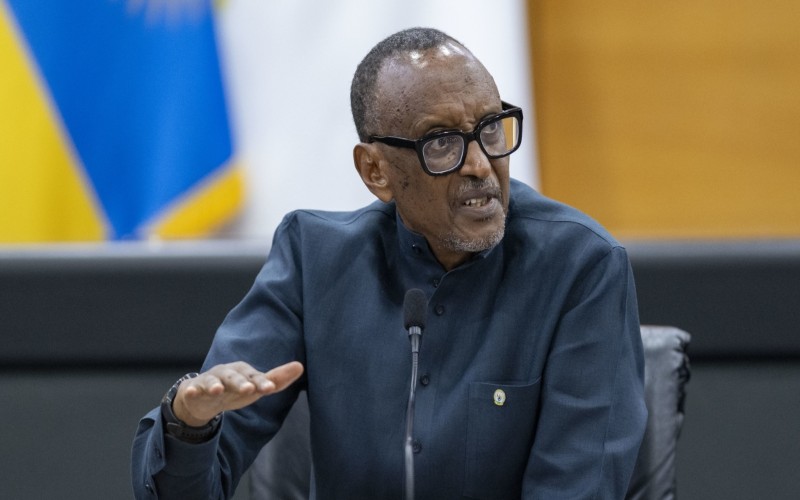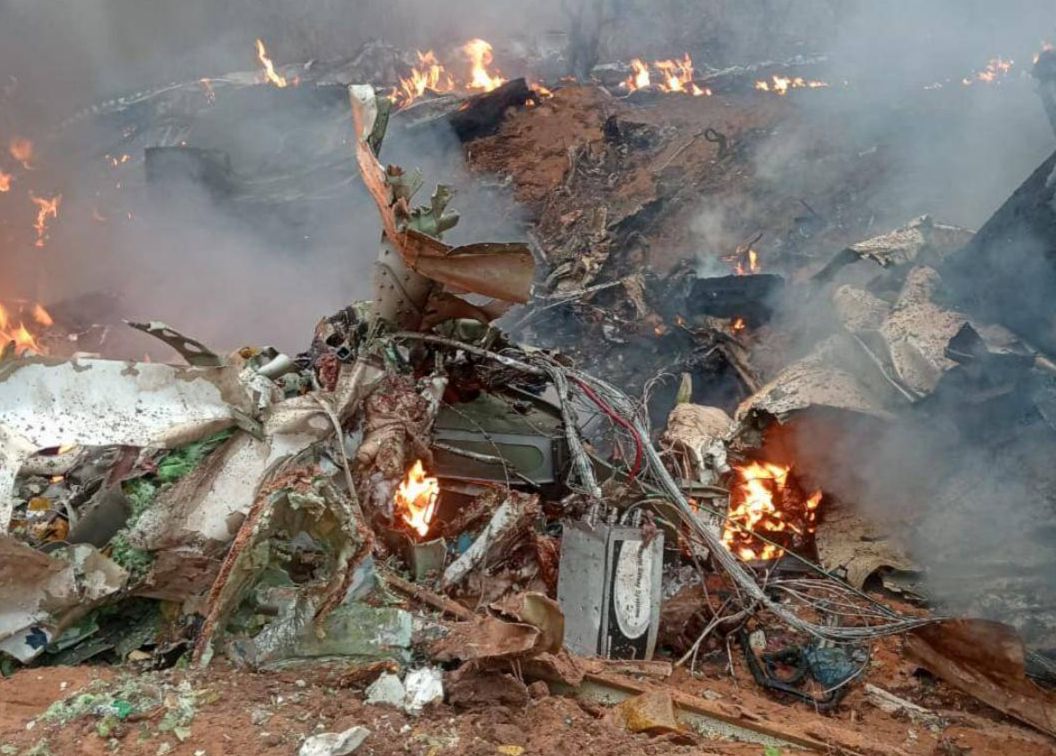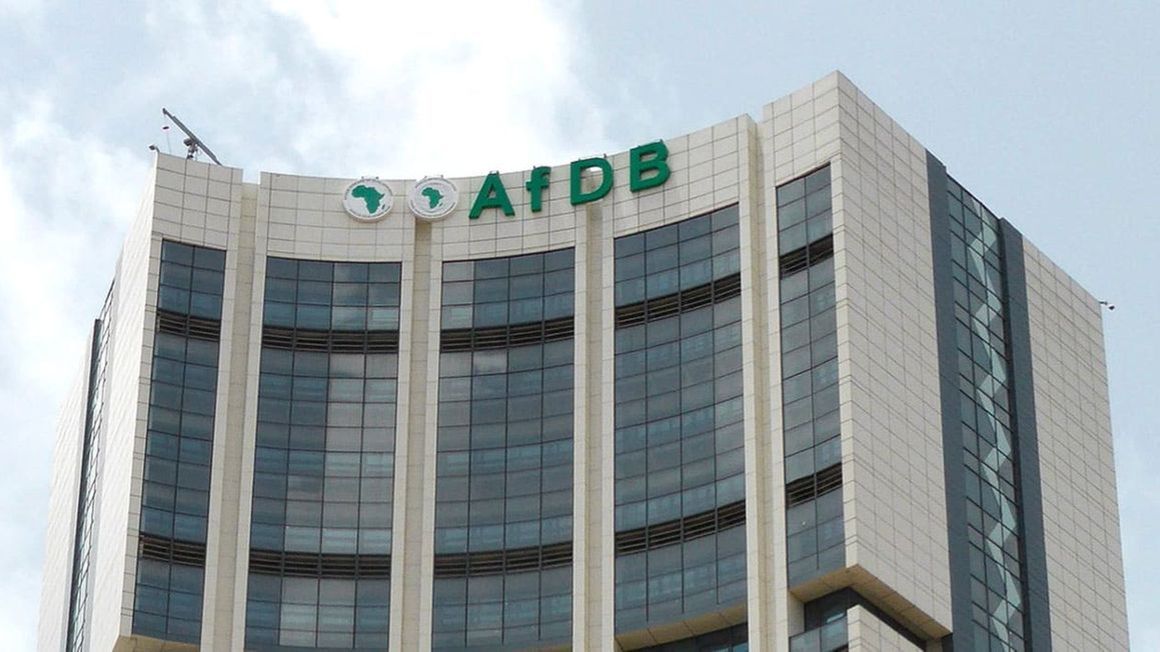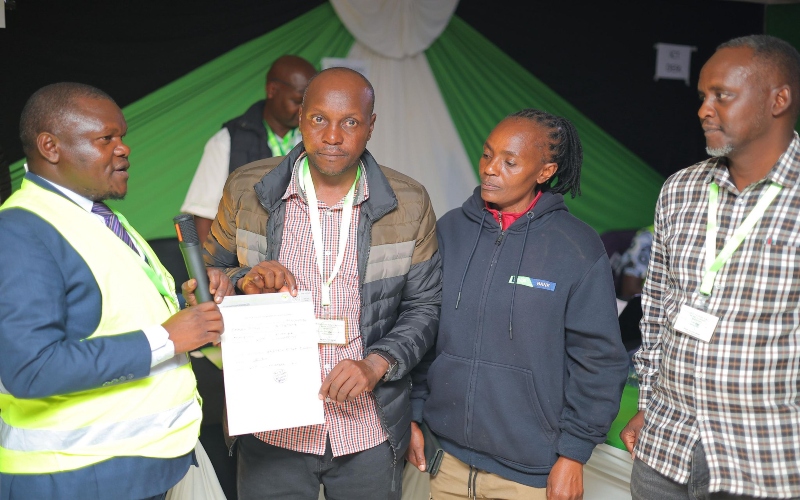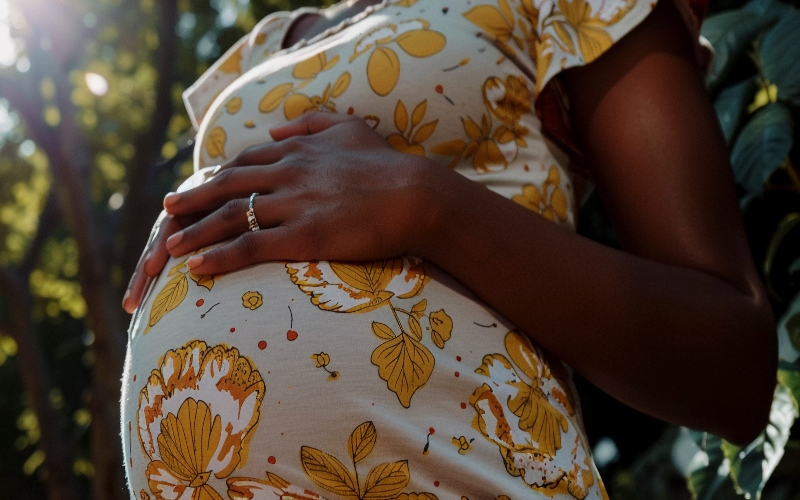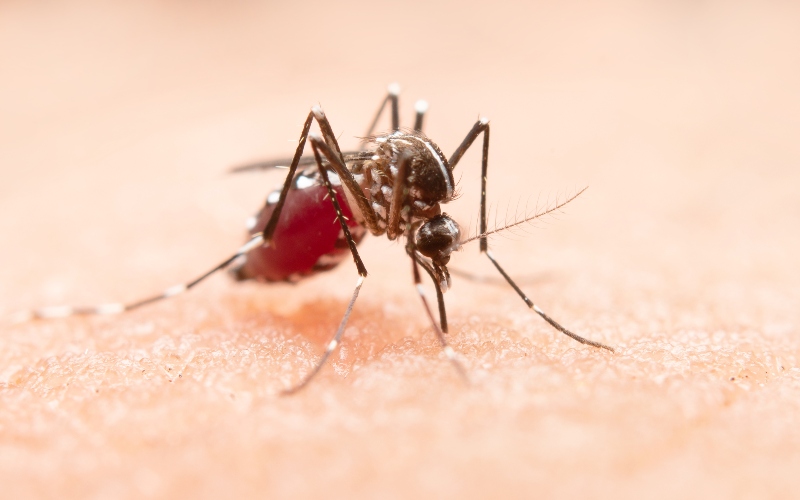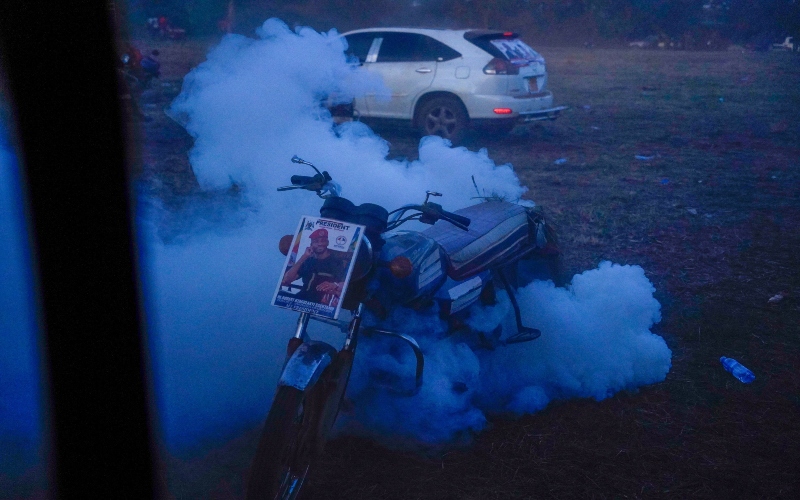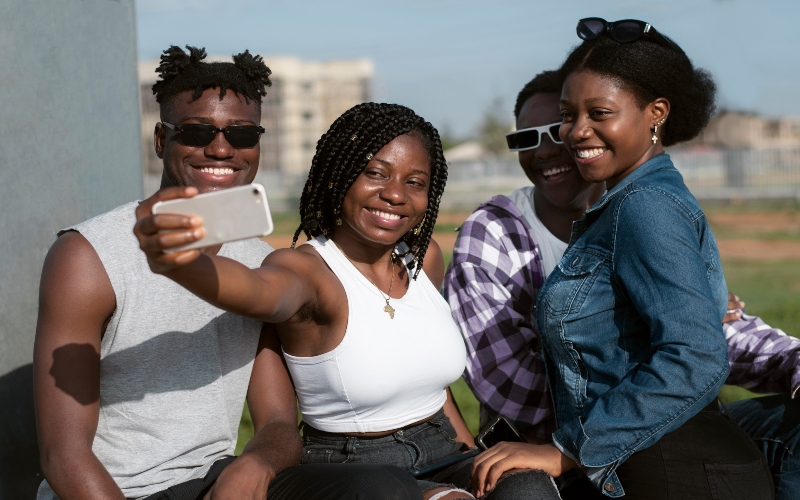Child labour remains rampant in Kenya amidst lack of clear data on its prevalence
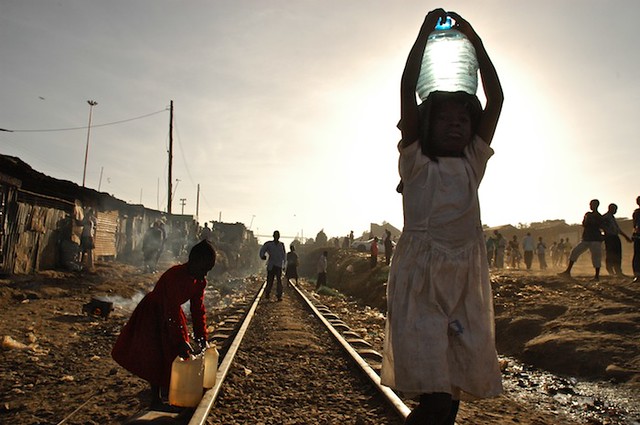
It's estimated there are over 1.3 million children in child labour in the country, but only a few cases are reported due to lack of clear knowledge and awareness on child labour.
Child labour is still rampant in the country and is driven by poverty and harmful cultural practices, International Labour Organisation's Grace Banya revealed as Kenya joins the world in marking World Day Against Child Labour today.
In Kenya, child labour mainly manifests itself in the forms of domestic work, street hawking, herding, sand harvesting, sexual exploitation, farm work and children working in the transport sector, especially as boda boda riders.
More To Read
- Two-thirds of South Sudan’s children trapped in exploitative labour, new report reveals
- Child labour numbers rise in homes where adults are jobless – South African study
- UN Report: 54 million children still trapped in forced labour in 2024
- Calls grow for MPs to operationalise victim protection fund to safeguard Kenyan children
- Kilifi child labour: MPs raise alarm over increasing number of young herders
- Nairobi emerges as epicentre of child abuse in Kenya in latest report
This shows it is rampant not just in the far-flung counties but also in urban areas including Nairobi where scenes of children hawking sweets are common, a phenomenon that has been linked to child trafficking across borders.
"As a result of poverty, children are forced to work to supplement their families' income. Cultural practices such as Female Genital Mutilation (FGM) also put the children at risk as the girls are married off after being cut and expected to do adult work," she revealed during a recent Child Protection stakeholders' forum in Namanga, Kajiado County.
In Kenya, efforts to address these gaps in the welfare of children in terms of protection of their rights and the provision of children services gained progress with the enactment of the Children Act, 2022 in July of the same year to give effect to Article 53 of the Constitution.
The Act establishes the National Council for Children's Services as a regulator, overseer and advisor of government on children matters, whereas the Directorate of Children Services is established as a lead implementer in the provisions of the Act.
Specifically, the Act provides for safeguarding children's rights, delineating parental responsibilities and establishing provisions for various forms of children's: alternative care including guardianship, foster care placement and adoption and; further makes provisions on the rights and welfare of special groups of children, including those in conflict with the law, children in armed conflict, refugee children, those exposed to or recruited into violent extremism, children living with disabilities and those in need of online child protection.
Under-resourced
"For close to a decade, there has been serious downward financial allocation to Child Care and Protection Services in Kenya. The two child protection entities are currently under-resourced hence affecting the quality and extent of child welfare and protection services. The funding for child protection is much below the set and prevailing international minimum standards," Labour and Social Protection CS Florence Bore told the committee in charge of social protection in parliament, in April.
"This has impeded the effective implementation of the roadmap on the implementation of the Children Act that was developed by the Sector."
Between 2016 and 2019, child labour cases contributed to less than one per cent (0.4) of all cases relating to children, with the financial year 2016/2017 reporting the highest proportion of child labour cases at 522 as the subsequent years reported 452 and 436 respectively.
Current statistics are not available with stakeholders in childcare and protection decrying the lack of clear data to help address child labour in the country.
According to the Kenya News Agency, Child Line Kenya's Executive Director, Martha Sunda on Tuesday emphasised the lack of data adding that some cultural beliefs and practices do not differentiate between child responsibility at home and labour which is a deprivation of the children's rights.
"It's estimated there are over 1.3 million children in child labour in the country, but only a few cases are reported due to lack of clear knowledge and awareness on child labour and this what has led to the vacuum in data on child labour," she said during a stakeholders' meeting to draft indicators to be used in identifying forms of child labour and collect data on incidences of child labour in Kenya.
According to the United Nations estimates, about 160 million children globally are victims of child labour, which deprives them of their right to an education and threatens their well-being and future.
At the same time, the United Nations Children's Fund (UNICEF) on Tuesday noted that while suffering in labour, children are denied the need for play, a crucial element in a child's development and are at the same time subjected to physical punishment at home.
Globally, harmful social norms that underpin violent child-rearing methods persist, with slightly more than 1 in 4 mothers and primary caregivers indicating that physical punishment is necessary to raise and educate children properly, according to the findings by the UN agency.
"Nearly 400 million children under five or six in 10 children within that age group globally, regularly endure psychological aggression or physical punishment at home. Of them, around 330 million are punished physically," the agency said.
It added that while more and more countries are prohibiting physical punishment against children in the home, over half of the 66 countries that have banned the practice have enacted legislation within the past 15 years, but this still leaves around half a billion children under the age of five without adequate legal protection.
Top Stories Today
